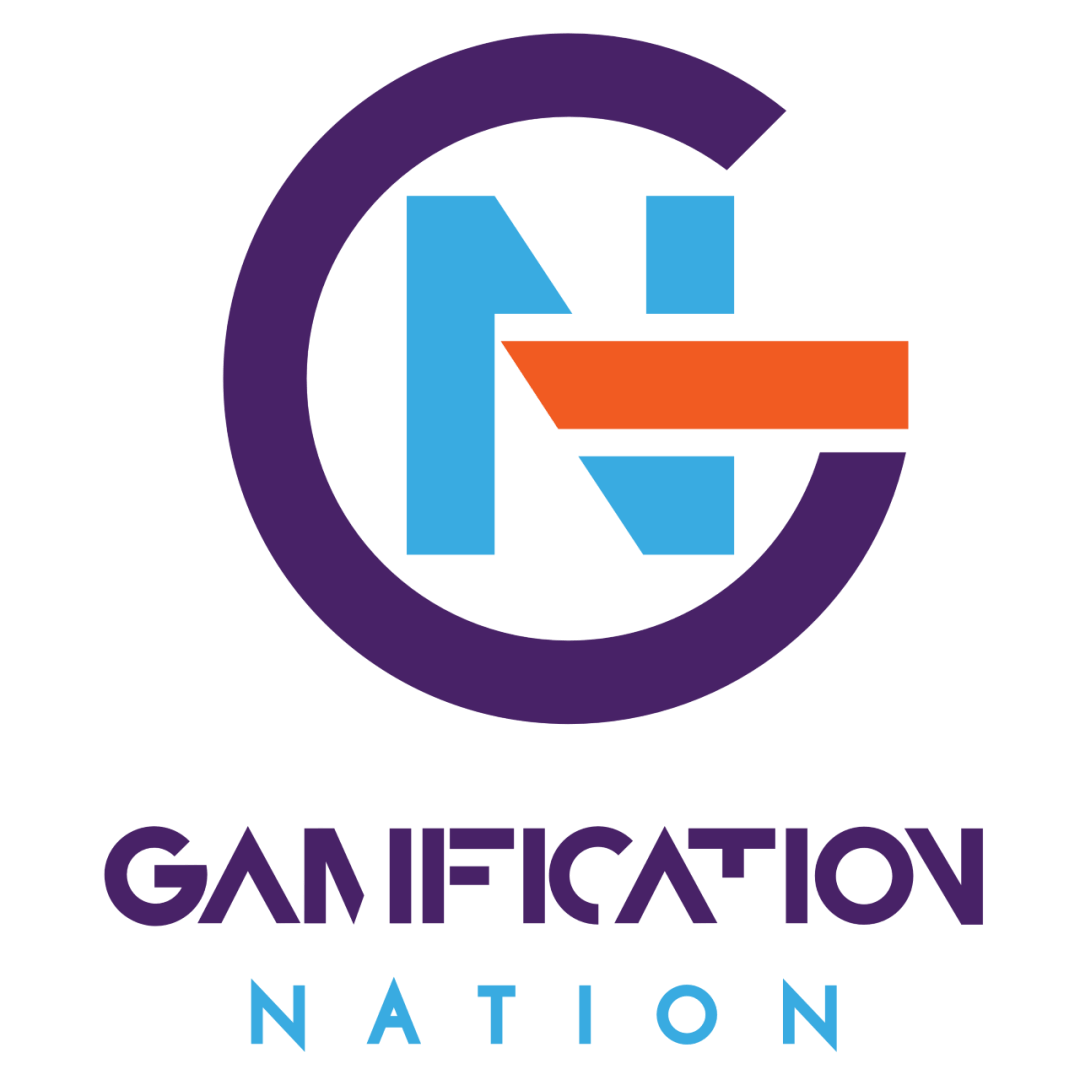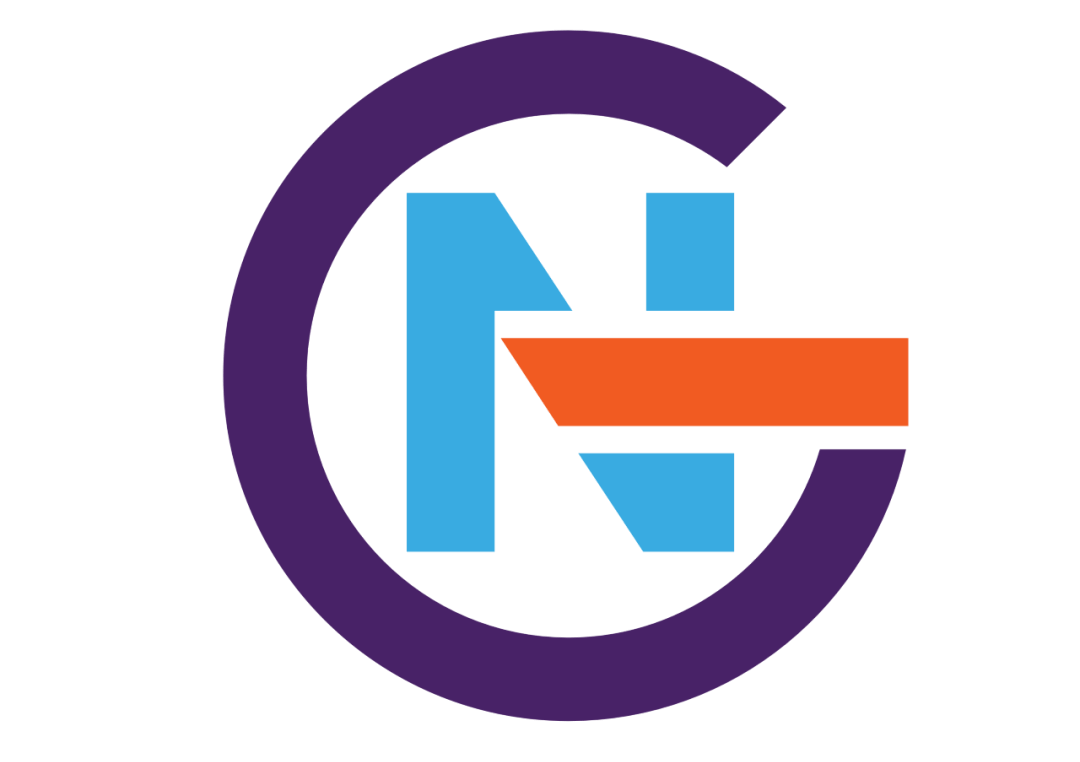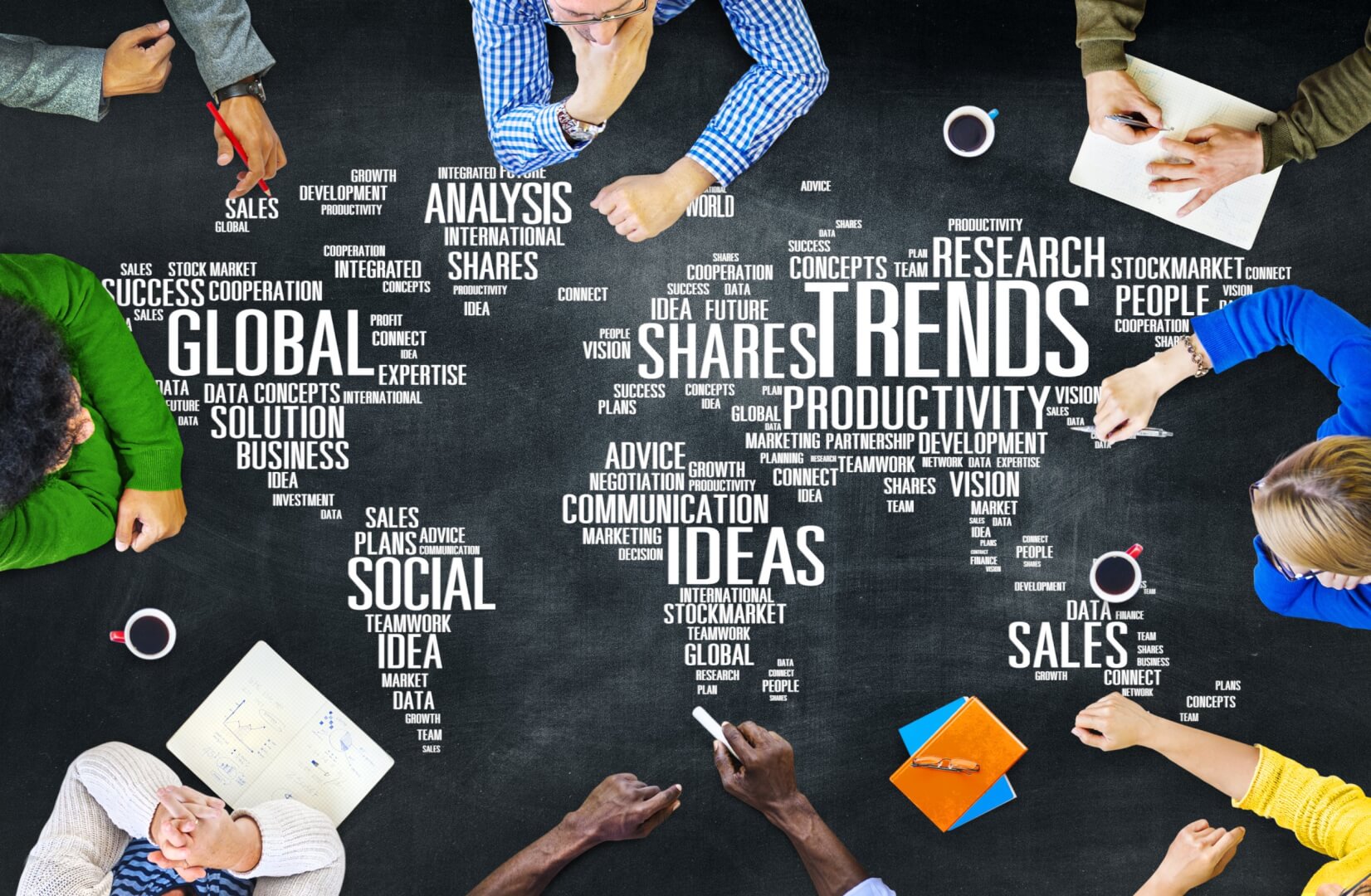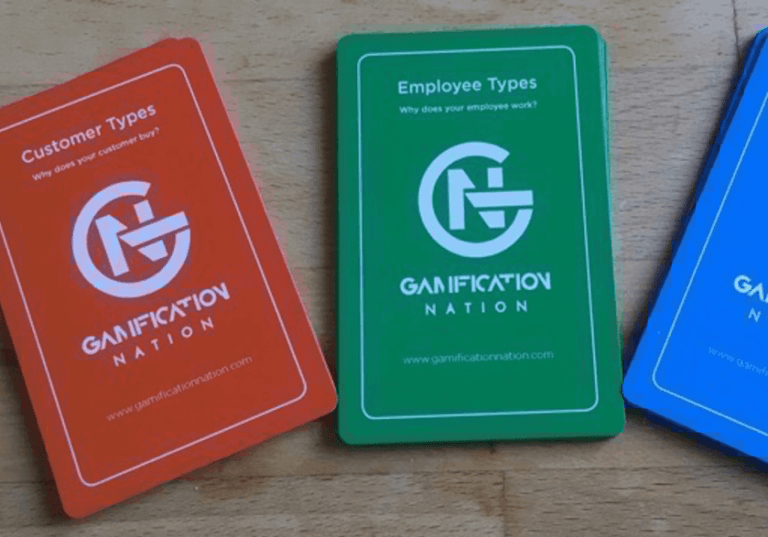The State of Gamification in 2025 and What It Means for Your Business
By An Coppens, Gamification Expert, Gamification Nation
Gamification, once a niche concept associated with points, badges, and leaderboards, has now firmly embedded itself as a core strategy across industries. Whether in marketing, sales, HR, learning and development, or customer experience, businesses are increasingly leveraging game mechanics to drive engagement, retention, and performance. But what does the future hold?
Based on the latest market research, 2025 marks a pivotal year in the gamification industry’s explosive growth trajectory. With a global market valuation of $20.84 billion in 2025, the sector is set to surge, reaching a staggering $190.87 billion by 2034 at a CAGR of 27.9%. I am always a bit cynical about these numbers because we have been going exponential for years, according to the people selling the reports. But maybe, we could have hit a tipping point, where general adoption is now hitting the more traditional and slower-to-adopt markets. This article delves into the key trends, regional developments, and innovations shaping the gamification market in 2025 and beyond.
The Driving Forces Behind Gamification’s Growth
Several factors are accelerating the adoption of gamification across various business functions:
1. The AI-Powered Gamification Revolution
Artificial Intelligence (AI) is rapidly transforming gamification. AI-driven personalisation allows gamified systems to adapt dynamically to user behaviour, making learning and engagement experiences more tailored and effective. AI-powered chatbots, for example, are enhancing workplace training, customer support, and employee engagement by delivering contextual, interactive experiences. Businesses that integrate AI-based gamification into HR, marketing, and sales will gain a competitive edge.
2. The Surge in Mobile and Cloud-Based Gamification
The rise of mobile usage and cloud-based gamification solutions is making it easier for businesses to deploy scalable engagement programs. In 2025, cloud-based gamification accounts for a significant market share, as companies opt for cost-effective, flexible, and easy-to-maintain solutions. With mobile-first strategies dominating customer and employee engagement, gamification solutions are increasingly integrated into mobile apps, learning platforms, and workplace tools.
3. Gamification’s Critical Role in Customer Loyalty and Retention
Retail and e-commerce remain the largest adopters of gamification, representing 28.5% of the market share in 2023. Customer loyalty programs using gamification have proven to increase retention rates by up to 30%. Brands are leveraging reward-based experiences, interactive challenges, and gamified purchasing journeys to enhance customer engagement. Expect membership-based gamification, where users earn exclusive perks, to become a dominant trend.
4. Learning and Development Goes Fully Gamified
Organisations are increasingly turning to gamified training to upskill employees. Traditional corporate training is being replaced by interactive, immersive, and XR-based gamified learning experiences. Walmart, for instance, has partnered with Strivr Labs to implement VR training in its 200+ training centres. Learning management systems (LMS) now incorporate game mechanics to boost knowledge retention, skill application, and motivation.
5. The Gamification of Workplace Culture and Employee Engagement
With employee disengagement costing businesses billions annually, organisations are integrating game mechanics into performance management, onboarding, and team collaboration. AI-driven feedback systems, real-time performance tracking, and leaderboard-driven recognition programs are fostering high-performance workplace cultures. Companies that embrace gamified employee engagement are witnessing increased productivity and reduced turnover.
Regional Market Trends: Where is Gamification Thriving?
1. North America: The Global Leader
North America continues to dominate the market, accounting for 41% of global revenue in 2023, with the U.S. gamification sector projected to grow from $4.68 billion in 2024 to $55.84 billion by 2034. Major tech giants, such as Salesforce, Oracle, and Cisco, are integrating gamification into customer engagement and employee training. The U.S. also leads in gamification startups, particularly in AI-driven and enterprise gamification solutions.
2. Europe: A Fast-Growing Market
Europe is seeing significant growth, driven by corporate investment in gamification conferences and AI-powered engagement solutions. Countries like the UK, Germany, and France are pioneering gamification in retail, HR, and healthcare. Businesses are using gamified solutions to enhance customer experience and workforce productivity.
3. Asia-Pacific: The Next Big Opportunity
Asia-Pacific is experiencing exponential growth, with China leading the way in e-learning, gamified loyalty programs, and digital engagement. The rapid expansion of e-commerce, mobile gaming, and fintech-driven gamification in India, Japan, and South Korea is propelling the region’s dominance.
4. Latin America, Middle East & Africa: Emerging Growth Markets
These regions are witnessing an uptick in gamification adoption, particularly in education, retail, and government services. Countries like Brazil are investing in e-learning and game-based training solutions. The expansion of local gamification solution providers is contributing to market penetration.
Impact of Gamification on Marketing: Attracting, Engaging, and Retaining Customers
For marketing directors, the challenge isn’t just attracting customers—it’s keeping them engaged and loyal in a world of endless distractions. Gamification provides an innovative way to cut through the noise, build deeper relationships, and increase conversion rates.
1. Turning Passive Customers into Active Participants
Gamification shifts customers from passive observers to active participants. Interactive experiences—such as spin-to-win promotions, digital scavenger hunts, and progress-based rewards—encourage customers to engage with your brand repeatedly, increasing brand recall and emotional connection.
2. Gamified Loyalty Programs That Drive Retention
Traditional loyalty programs often fail due to lack of excitement. Gamified loyalty programs reward customers not just for purchases but for engagement—completing challenges, sharing content, and interacting with brand activities. Brands using gamification in loyalty programs see a 47% increase in engagement and a 22% boost in repeat purchases.
3. AI-Powered Personalised Experiences
AI-enhanced gamification allows brands to tailor experiences based on customer preferences and behaviour. Dynamic leaderboards, achievement badges, and surprise rewards drive deeper engagement and create a sense of progress. Companies using AI-driven gamification experience 30% higher customer satisfaction rates.
4. Gamification in E-Commerce: Boosting Sales Conversion Rates
The rise of mobile commerce is accelerating gamification adoption in online shopping. Features like interactive quizzes, progress tracking, and competition-based discounts increase conversion rates. Amazon’s AR-powered “try before you buy” and Nike’s gamified fitness challenges are prime examples of how gamification enhances sales experiences.
Marketing Takeaway: Brands that fail to integrate gamification into their customer engagement strategy risk falling behind. From loyalty programs to immersive e-commerce experiences, gamification is the key to capturing and retaining modern consumers.
Impact of Gamification on HR and Operations: Recruitment, Retention, and Employee Engagement
For HR leaders and operational managers, one of the biggest challenges is attracting, retaining, and engaging talent in an increasingly competitive job market. Gamification is revolutionising talent management by making recruitment more engaging, onboarding more immersive, and employee engagement more rewarding.
1. Gamified Recruitment: Attracting the Right Talent
Innovative companies are using gamification in recruitment to identify top talent based on problem-solving skills, adaptability, and cultural fit. Unilever, for instance, uses gamified AI-powered recruitment assessments, reducing hiring time by 75% while increasing candidate engagement.
2. Onboarding That Drives Retention
Employee onboarding is often tedious, leading to high attrition rates in the first 90 days. Gamification transforms onboarding into an engaging experience, using interactive missions, real-time feedback, and knowledge-based challenges. Companies with gamified onboarding see a 54% increase in new hire productivity.
3. Employee Engagement and Performance Motivation
Gamification taps into intrinsic motivation by integrating real-time recognition, progress tracking, and goal-setting mechanics into daily workflows. Employees feel valued, motivated, and aligned with company objectives. Businesses that gamify workplace engagement report a 60% boost in employee productivity.
4. Gamified Learning & Development: The Future of Workplace Training
Gamified microlearning, VR-based simulations, and interactive challenges ensure that learning is engaging and effective. Companies like Deloitte and PwC use gamified learning to train employees, resulting in higher knowledge retention and skill application.
HR Takeaway: Gamification isn’t just a ‘nice-to-have’—it’s a necessity for attracting, engaging, and retaining employees in 2025 and beyond.
Conclusion: Is Your Business Ready for the Gamification Boom?
The gamification market in 2025 is set to explode, reshaping customer engagement, employee motivation, and organisational culture. Whether in marketing or HR, gamification is no longer optional—it’s a strategic necessity.
At Gamification Nation, we help organisations implement AI-powered gamification strategies that drive results.





